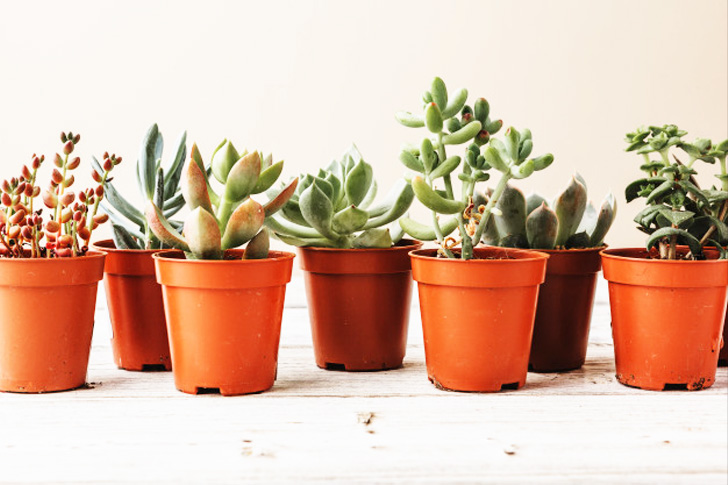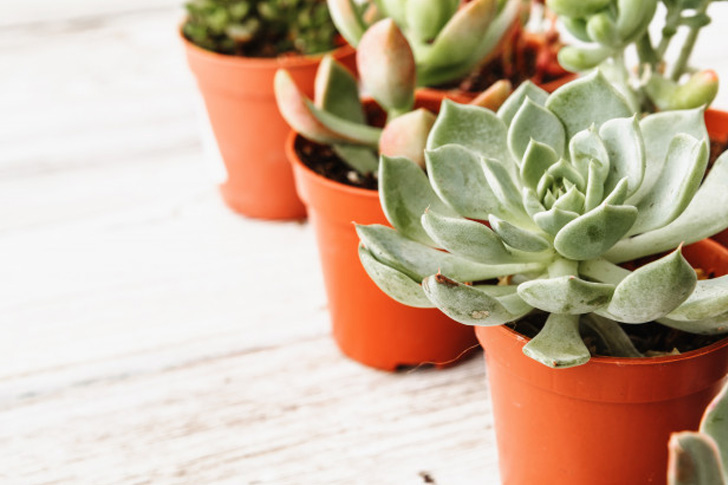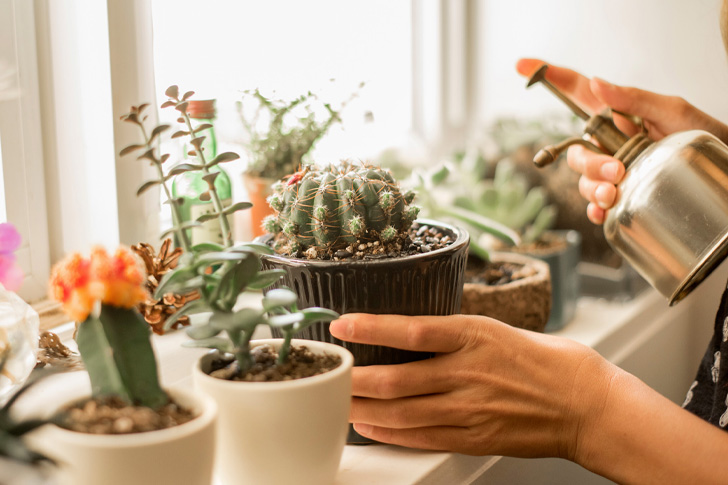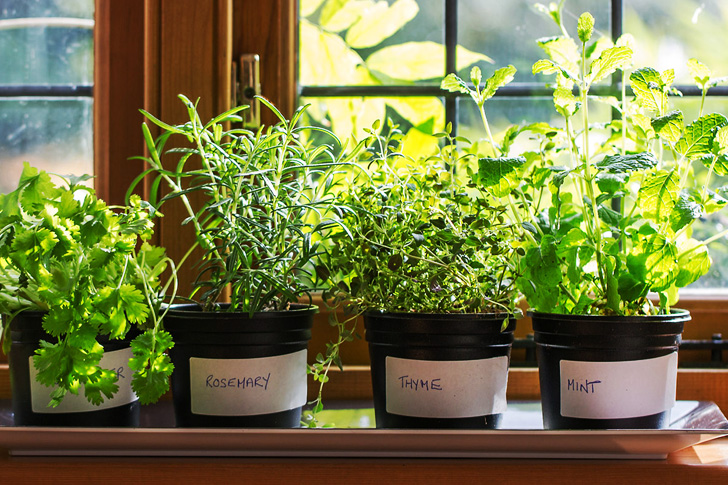Beginner’s Guide For Growing Plants
Since almost everyone in the world is staying at home, aspiring plant growers have been a surge. It may be because of Instagram, where account owners worldwide have started posting lush houseplants stationed beautifully in artsy corners or tables in their home. Not that mother nature’s complaining, and we think she loves how suddenly people started to love plants to a surprising degree. For sure, as a new past time, aspiring plant lovers will reap the health benefits that go with it. However, it’s understandable that not everyone can ace it such as keeping even a spider plant alive as green thumbs could probably do with their eyes closed. No worries, though, as we have simple steps for beginners like you!
Start with succulents.

Start with the closest thing to plastic plants – succulents. These plants are good for beginners as they are not finicky and come in many sizes, shapes, and colors. They are great indoors as well as the outdoors, plus, they last long without water. Just place them under a bright light but not where they are directly exposed to sunlight because they can quickly get sunburned.
Step-up with low-maintenance options.

After you’ve evaluated yourself as a succulent plant parent and you are satisfied with your result, feel free to step it up with another type of houseplant. It’s always good to remember that every new plant needs to get used to its light situation. Give it two weeks to adjust and recover from the stress it was put under either from repotting or adjusting to its new environment. Usually, two weeks will do.
With a creditable choice of good (holed), creative pot, here are the following succulent plants you can go with:
- Rabbit’s foot fern is fast-growing and its fuzzy rhizomes resemble that of animal feet.
- African violet is the cheery type and also probably the cheapest to replace in case things go wrong.
- Rubber tree is a large plant that is easy to grow and can tolerate dim lighting.
Water accordingly.

New plant parents tend to overwater their houseplants, and that’s where they are usually wrong. Surprisingly you don’t need to water plants as frequently as you think you should. Usually, it only takes at least once a week to ten days for regular houseplants, depending on the degrees and the environment’s condition. Here are some tips that’ll help tell if your plant needs to be watered:
– When your pot feels lightweight already
– When the soil starts to pull away from the sides of the pot
– For heavy pots, try sticking a chopstick a few inches deep. Water, if you don’t see a damp particle of soil on the stick
– Do not water on a schedule as plants have different needs
To feed your plants. Or not.
Most often than not, plants don’t need to be fed with extra products. However, when the season calls for it, such as the cold degrees of winter where plants don’t actively grow, a liquid fertilizer would do. If it also had been years of having that plant there, you may add some new potting soil to refresh the plant with fresh soil nutrients.
Add new plants that you can eat.

If you’ve mastered care for your houseplants, maybe it’s time to advance to a more rewarding type of plant – something you can consume. You don’t need to have a significant land investment to make this happen. Even in small concrete places, growing edible plants is still possible, just like growing herbs by your windowsill or some veggies from a pot. For herbs, you have many options such as chives, oregano, sage, and thyme. These herbs are easy to grow and will come back year after year. For veggies, the following picks can be grown easily, too:
- Greens, such as arugula, baby lettuces, kale, and spinach
- For other easy crops, there are beans, peppers, and squashes of all types
IMPORTANT TIP: For garden veggies, be sure that they get at least six hours of full sun daily, so they produce well.
Don’t give up and try again.
In case the first time didn’t go as we all hoped, don’t give up. Try again! It’s worth it. Once you see a new leaf bud or unfurl, or flowers bloom and fruits start to show, you’ll be thankful you didn’t give up on the first try.
